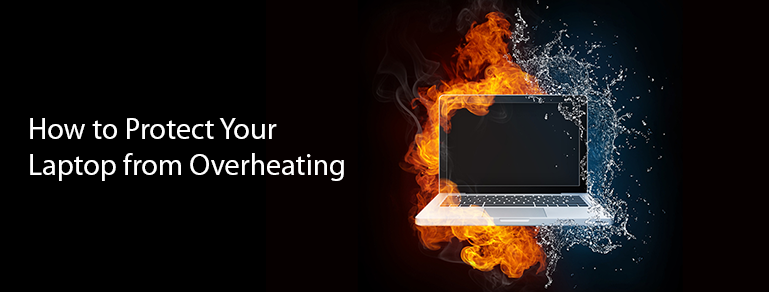Is AnyDesk Safe to Use? How to Avoid AnyDesk Scams
Updated on Dec 13, 2024 | Filed under: Remote Support
AnyDesk is a widely used remote desktop software, but it’s increasingly targeted by scammers. Users often wonder: Is AnyDesk safe to use? The answer lies in understanding its security features and learning how to protect yourself against scams.
User Experiences with AnyDesk Scams
Many users fall victim to scams due to high-pressure tactics:
- Example 1: A user was told their bank account was at risk and asked to verify their identity via AnyDesk. They disconnected just in time, avoiding further harm.
- Example 2: Another user worried about risks after downloading AnyDesk but avoided sharing their access code.
Key Takeaway: While AnyDesk is secure, improper use or negligence can lead to serious risks.
Understanding AnyDesk’s Security Features
AnyDesk provides robust security tools to safeguard users:
- Identity Access Management
- Privacy Mode
- Single Sign-On (SSO) for password theft prevention
- Two-Factor Authentication (2FA)
When properly configured, these features help ensure a safe remote access experience.
How Scammers Exploit AnyDesk
Scammers misuse AnyDesk to gain unauthorized access to devices, often under the guise of technical support. Common scams include:
- Amazon Scams: Scammers pretend to be Amazon representatives, convincing victims to download AnyDesk to resolve account issues and steal personal data.
- Phishing Scams: Emails or texts redirect users to fake websites, tricking them into downloading AnyDesk and sharing sensitive information.
- Malware Attacks: Scammers install malware via AnyDesk to spy on user activity or steal credentials.
- Work-from-Home Scams: Fraudulent job postings trick applicants into downloading AnyDesk, giving scammers access to their devices.
What Scammers Can Do with Remote Access
Once scammers gain control of your device, they can:
- Steal sensitive data (e.g., passwords, credit card details)
- Install malware or spyware
- Block your device’s controls and demand ransom
- Perform fraudulent financial transactions
- Monitor your activities or impersonate your identity
Tips to Avoid AnyDesk Scams
Protect yourself by following these practices:
- Download AnyDesk from Official Sources: Only use the official website to avoid infected versions.
- Use Strong Passwords: Avoid predictable passwords.
- Enable Two-Factor Authentication (2FA): Add an extra layer of security.
- Verify Identities: Confirm the legitimacy of unknown contacts claiming to provide technical support.
- Avoid Sharing Access Codes: Never grant access to untrusted individuals.
- Avoid Sharing Personal Information: Legitimate support teams will not ask for sensitive details.
- Keep Software Updated: Regular updates and antivirus software help prevent risks.
- Educate Yourself and Others: Stay informed about scams and teach others to recognize warning signs.
What to Do If You Encounter an AnyDesk Scam
If you suspect someone is accessing your device fraudulently, act quickly:
- Disconnect Immediately: End the session to block further access.
- Go Offline: Disconnect your device from the internet.
- Change Passwords: Update passwords for all accounts, especially financial ones.
- Run Antivirus Software: Perform a full system scan to detect threats.
- Report the Scam: Notify AnyDesk, your bank, and local authorities.
- Seek Professional Help: Contact cybersecurity experts for additional support.

.jpeg)
